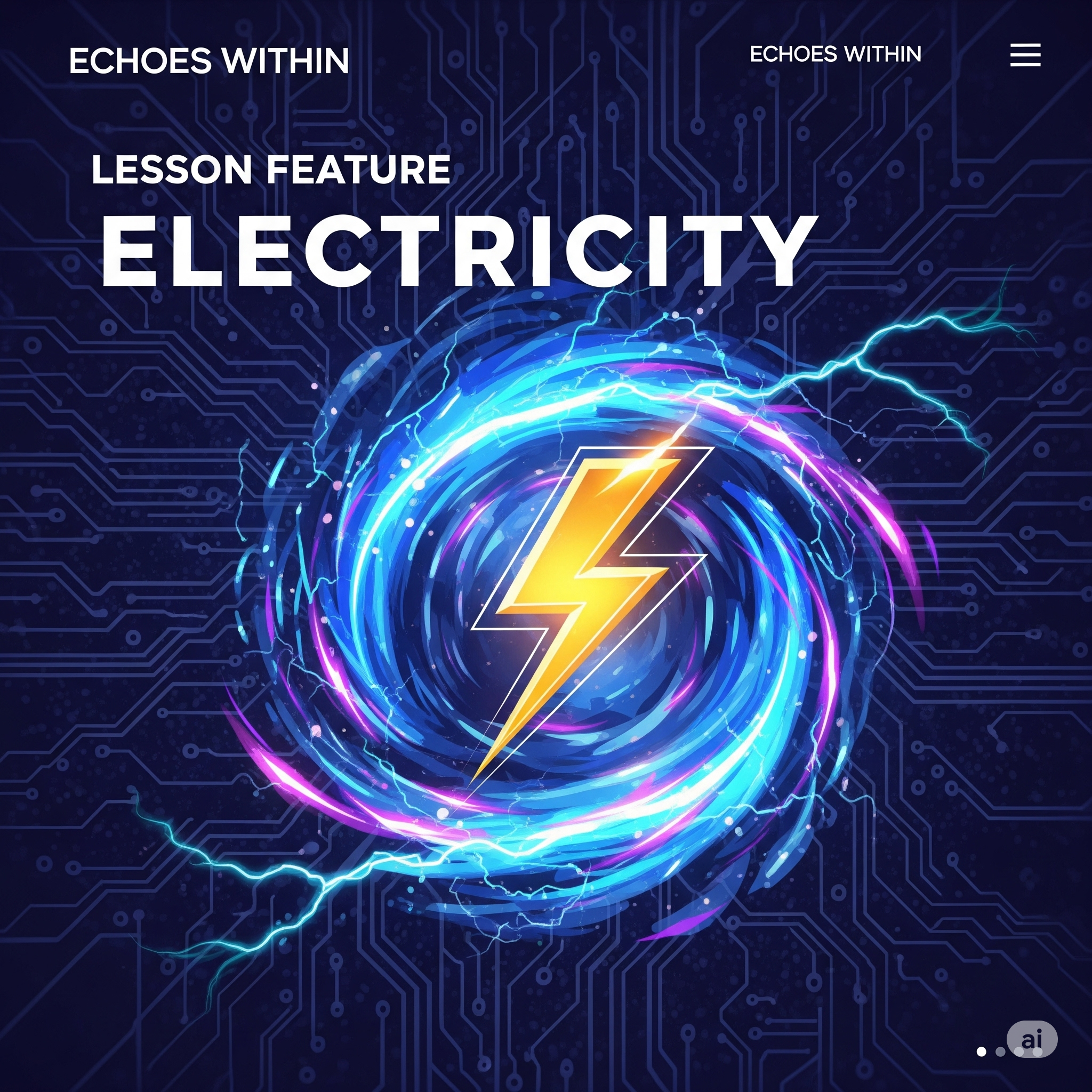
⚡ Electricity: Summary Note
Here is a set of clear, concise, and entrance-exam-friendly Electricity: summary notes for the following NEB Grade 11 Physics topics, ideal for SEE graduates preparing for competitive science entrance tests.
⚡ 1. Electrolysis
Electrolysis is the chemical decomposition of a substance (usually an electrolyte) using an electric current.
📌 Key Concepts:
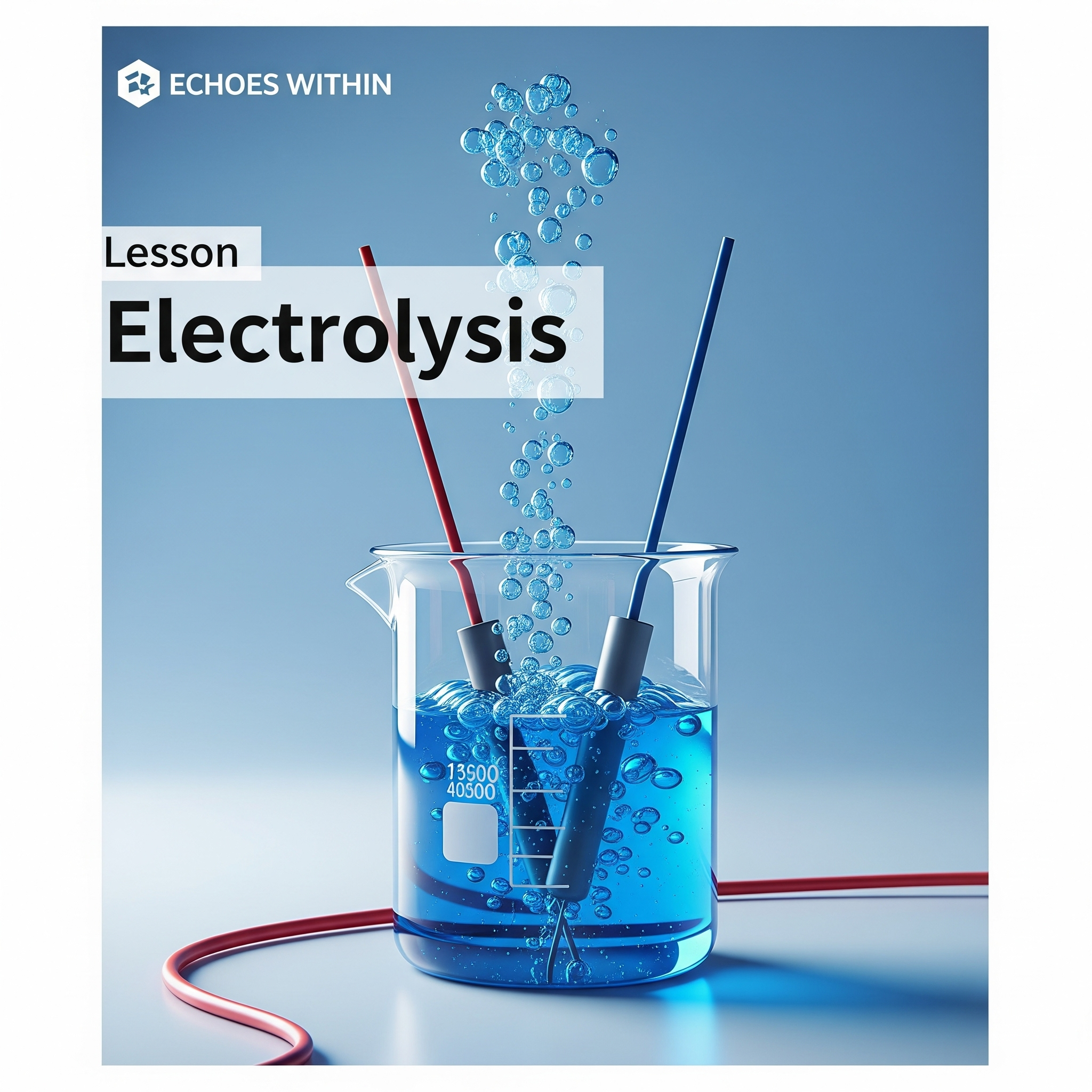
-
Electrolyte: A liquid that conducts electricity and decomposes during electrolysis (e.g., acid, base, salt solution).
-
Electrodes: Conductors dipped into the electrolyte.
-
Anode (+): Positively charged electrode
-
Cathode (–): Negatively charged electrode
-
-
Ion Movement:
-
Cations (positive ions) move to the cathode
-
Anions (negative ions) move to the anode
-
⚙️ Applications:
-
Electroplating (e.g., silver plating)
-
Electrorefining (e.g., of copper)
-
Electrolysis of water (H₂ and O₂ gas formation)
🔌 2. Transformer
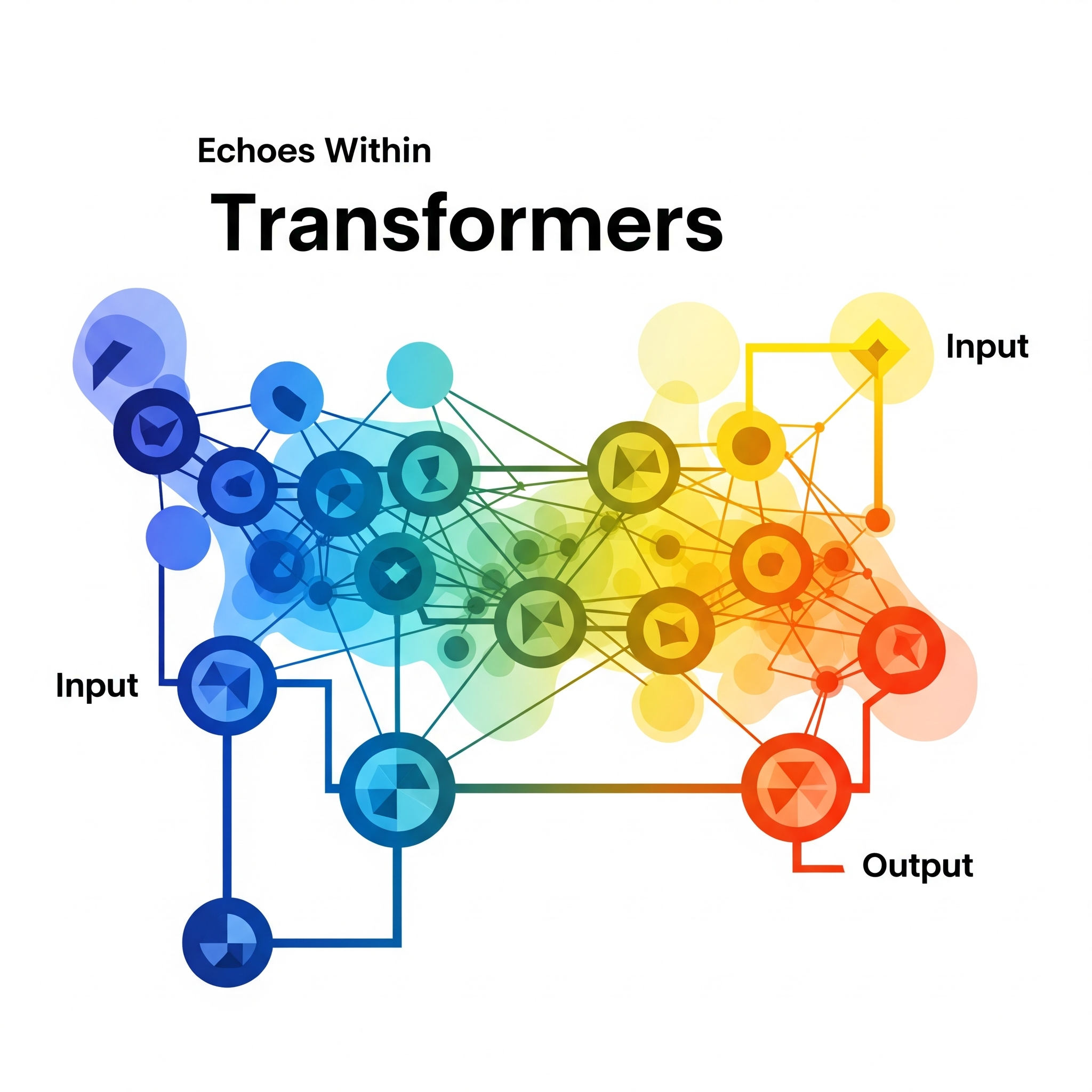
A transformer is a device that increases or decreases alternating voltage using the principle of electromagnetic induction.
📌 Key Concepts:
-
Works only with AC (not DC)
-
Based on mutual induction
-
Has two coils:
-
Primary coil (connected to input voltage)
-
Secondary coil (connected to output)
-
📐 Transformer Equation:
Vp/Vs=Np/Ns
and Is/Ip=Np/Ns
Where:
-
Vp, Vs: Primary and secondary voltage
-
Np, Ns: Turns in primary and secondary
-
Ip, Is: Primary and secondary current
🔧 Types:
-
Step-up transformer: Increases voltage
-
Step-down transformer: Decreases voltage
🔋 Applications:
-
Power transmission
-
Adapters and chargers
⚙️ 3. Electromagnetic Induction
Electromagnetic induction is the process of generating an electric current in a conductor by changing the magnetic field around it.
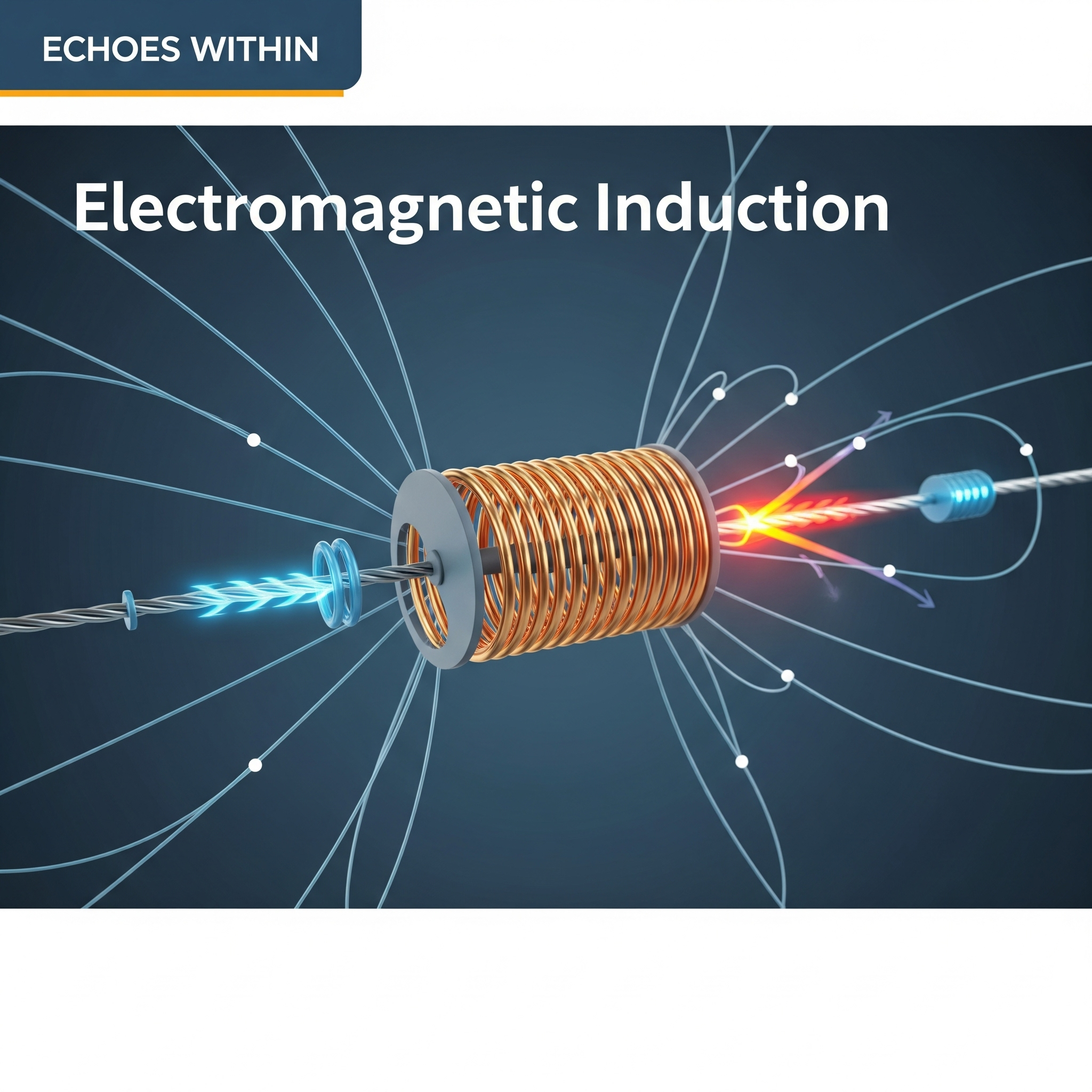
📌 Discovered by: Michael Faraday
💡 Faraday’s Laws:
-
A current is induced when there is a change in magnetic flux.
-
The magnitude of induced EMF is proportional to the rate of change of magnetic flux.
🧲 Factors affecting induced EMF:
-
Speed of motion
-
Strength of the magnetic field
-
Number of turns in the coil
-
Area of the coil
🔄 Applications:
-
Generator
-
Transformer
-
Induction stove
-
Electric guitar pickup
🧲 4. Magnetic Effect of Electric Current
When an electric current flows through a wire, it produces a magnetic field around it. This is called the magnetic effect of current.
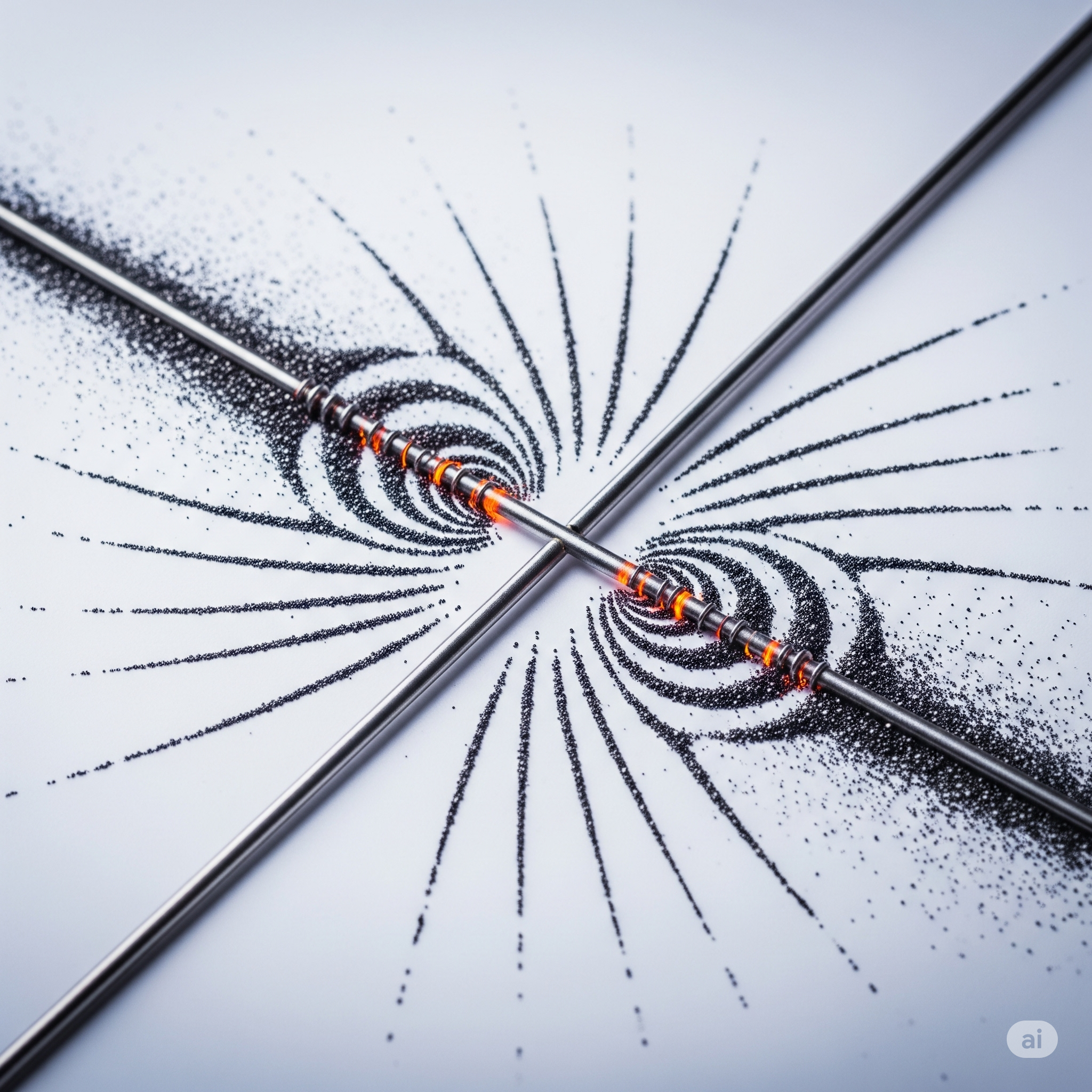
📌 Discovered by: Hans Christian Oersted
🔄 Key Rules:
-
Right-hand thumb rule: Shows the direction of the magnetic field around a current-carrying conductor.
-
Electromagnet: Temporary magnet created by passing current through a coil around a soft iron core.
🧪 Applications:
-
Electromagnets
-
Electric bells
-
Relays
-
Electric motors
🔋 5. Electricity
Electricity is the flow of electric charge (electrons) through a conductor.
📌 Basic Terms:
-
Current (I): Flow of charge
I=Q/t
-
Voltage (V): Electrical potential difference
-
Resistance (R): Opposition to the current
V=IR(Ohm’s Law)
🔌 Electric Power & Energy:
-
Power: P=VI
-
Energy: E=Pt
🔁 Factors Affecting Resistance:
-
Length of the conductor
-
Cross-sectional area
-
Material
-
Temperature
🔋 Applications:
-
Lighting, heating, charging, and powering appliances
-
Electricity generation and transmission systems
You Can Also Read:
How to Choose the Right Stream After SEE in Nepal
SEE Result: New Possibilities and Uncertainties for Students’ Future Careers in Nepal
